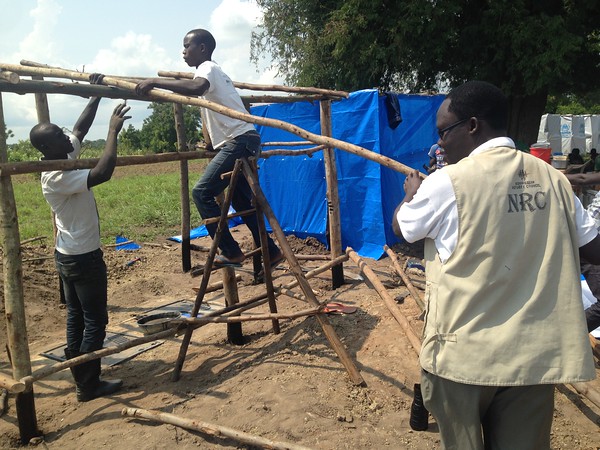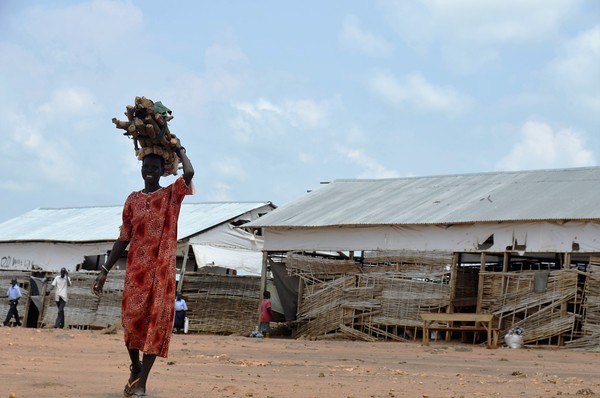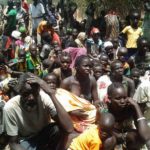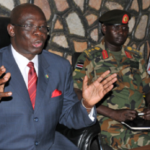With about 70,000 South Sudanese having fled their country to Uganda since the recent outbreak of violence in July, aid agencies need US$600 million approximately UShs 2,023,800,000,000 to respond to the plight of refugees running to the southern neighbour.
According to the Norwegian Refugee Council (NRC), aid agencies are also planning for an additional influx of 80,000 people by the end of the year, 90 per cent of them women and children, with most arriving from Eastern Equatoria State, the Upper Nile State and the capital Juba.
The NRC also says the aid appeal for South Sudan is only 41 per cent funded, with US$526 million received so far, of a requested US$1.29 billion. This development comes in the wake of Uganda, a country that plays host to over 550.000 refugees, saying its resources have been stretched by the refugee influxes.

“If the hostilities in South Sudan continue, people will flee to Uganda in high numbers in the months ahead. We urgently need funding now so we can scale up and respond to the people arriving. Additional sites already need to be built to host families who have arrived. The sites need shelter, toilets, clean water – and that’s just the basics,” said Enock Mambilli, the Norwegian Refugee Council’s (NRC) Acting Country Director in South Sudan.
Mr Mambilli added: “Aid agencies need $600 million to respond to the South Sudan refugee crisis in Uganda, but have only received 20 per cent of that so far.”
According to the NRC, more refugees have fled to Uganda in the last 20 days than during the whole of 2015, with the latest figures from the UN refugee agency indicating that an average of 2,000 people arrived into Uganda each day in the past few days.
Many people cite active violence as the main reason for seeking refuge in Uganda. Other reasons reported for fleeing include the fear of further outbreaks of fighting, killings being carried out by armed groups, and food shortages.

NRC is working around the clock with the Government, UNHCR and other partners to register and provide relief to the new refugees in Uganda. “We are constructing shelter and toilets. As people are arriving with little possessions, we will also provide household items like soap, cooking pans, jerry cans, mosquito nets, and tents,” said Hosana Adisu, NRC’s Country Representative in Uganda.
Many South Sudanese are fleeing to Uganda for the second and third time, and the southern neighbor currently hosts over 550,000 refugees, including 300,000 refugees and asylum seekers from South Sudan and over 200,000 refugees from the Democratic Republic of the Congo.
Meanwhile, South Sudan, the world’s youngest nation, ranks among the countries with the highest levels of conflict-induced population displacement globally, with over 1.6 million people displaced inside South Sudan, while more than 900,000 have fled to neighbouring countries since December 2013.

Also, 6 million people – more than half of South Sudan´s population – need humanitarian assistance, and over 4.8 million people will face severe food shortages over the coming months.







